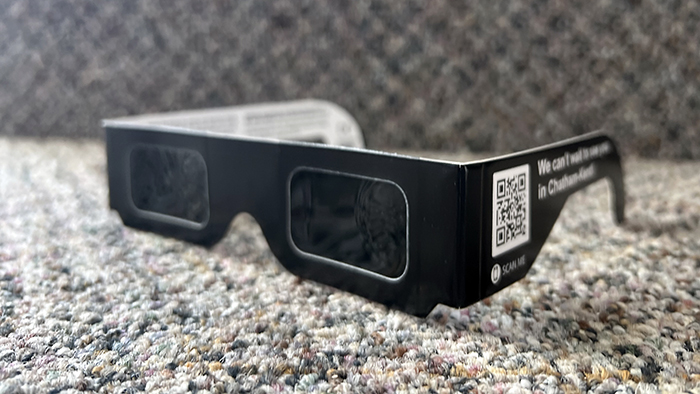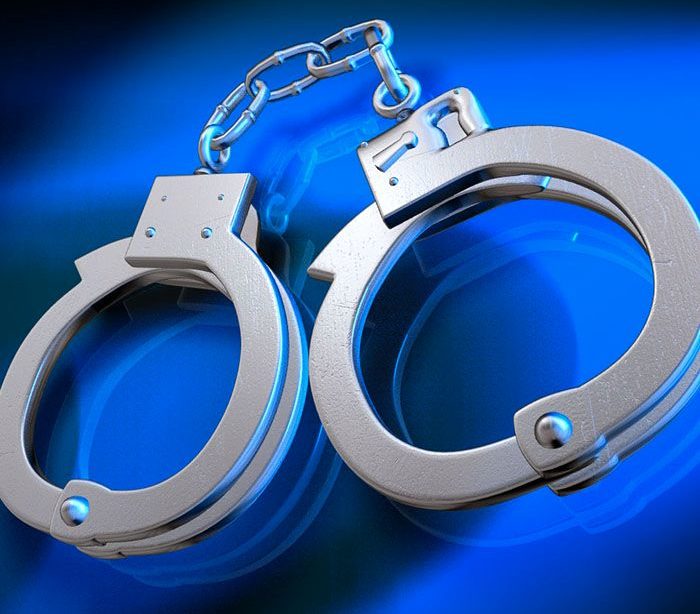
OK, folks, most of what I’m about to say is common sense, but it seems more and more people are either allergic to that, or just choose to ignore it these days.
So, for the sake of children and our health-care system then, I offer some tips on viewing the total solar eclipse this week.
We’re in a great spot to watch the April 8 event. The moon will pass in front of the sun entirely along a 160-kilometre-wide path across North America, and we are inside that pathway.
In mid-afternoon, the moon will briefly blot out the sun.
Why is the eclipse full when the moon is so much smaller than the sun? Well, the sun is about 400 times bigger than the moon, but it’s also 400 times farther away from Earth, so when their orbits collide, the result is a total solar eclipse.
The event will turn day into night.
But the time before and after that event is when our eyes are most susceptible. Looking directly at a solar eclipse can be very damaging to the naked eye.
Instead, use specialized eye protection. Glasses are available at your local library, in some stores and online, for example. There are solar eclipse viewers as well. They are held essentially in the same manner as welders’ glass – in front of your eyes.
Regular sunglasses will not preserve your eyes, no matter how dark the lenses are.
And please don’t pull out your telescope or binoculars during the event. The eclipse glasses aren’t strong enough to protect you.
Perhaps NASA puts it best: “Viewing any part of the bright sun through a camera lens, binoculars, or a telescope without a special-purpose solar filter secured over the front of the optics will instantly cause severe eye injury.”
If you don’t have eclipse glasses, you can still watch the eclipse using a pinhole projector. I did this years ago as a teenager during a partial eclipse, and it works great, without any threat to your vision. All you need are two pieces of cardboard.
Punch a small hole in one piece. Then, with the sun at your back, hold the two pieces in front of you, with the cardboard piece with the hole held above the other. The idea is to allow the sunlight to penetrate through the hole and onto the second piece, which is the viewing area.
It’s a very simple concept, but it allows you to safely observe the eclipse as the moon begins to block out the sun.
Now, when the moon is briefly covering the sun entirely, it is safe to look up, but remember that time is quite short. You will know it is safe when you can no longer see any part of the sun through your eclipse glasses or solar viewer, NASA’s experts state.
However, as soon as you see even a little bit of the sun reappear from behind the moon, put those protective glasses back on!
Again, it is all common sense; information that can prevent serious harm.
For folks out on the road during the event, police remind you to put on your headlights.
They also ask that you don’t pull off a highway and just watch the event from there, but rather seek a safer parking area in which to view the eclipse without having other vehicles whiz past you.






